Moss deft: why we are manicuring our green, short and curlies
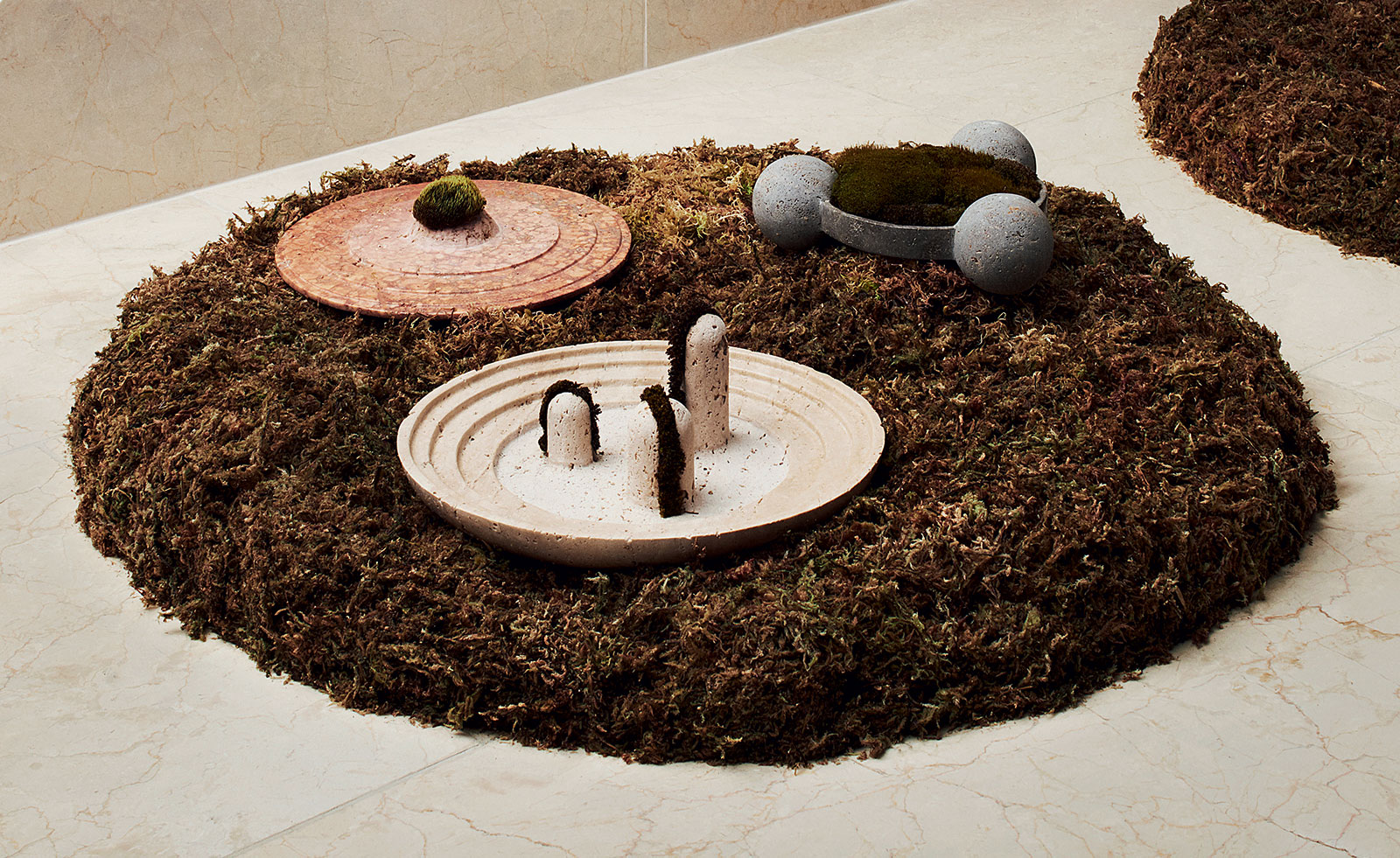
The search among the architecturally articulate for texture in the plant world has lately led to moss. ‘If you look to Japan, there is a long, artful, intelligent history of gardening using moss,’ says John Tebbs, editor of biannual publication Pleasure Garden. ‘We so often seem to be fighting it, but I love to see moss embraced more in the context of a natural garden.’
Meanwhile, London-based designer Pete Pongsak, of Archive & Archive, explores the trainability of moss in his new series of sculptural outdoor planters. Like Tebbs, he was inspired by Japan, taking the grassy/moss element of bonsai displays (shitakusa) and isolating it so that focus can be thrown entirely on the colours, textures and shapes of moss. ‘My planters don’t need soil, only a rough surface to hold on to, so the depth of the planter can be removed from the equation.’ It’s time to still our stones and embrace moss appeal.
As originally featured in the September 2018 issue of Wallpaper* (W*234), and shot inside London's Royal Opera House, which has been newly reconfigured by Stanton Williams.
Receive our daily digest of inspiration, escapism and design stories from around the world direct to your inbox.
-
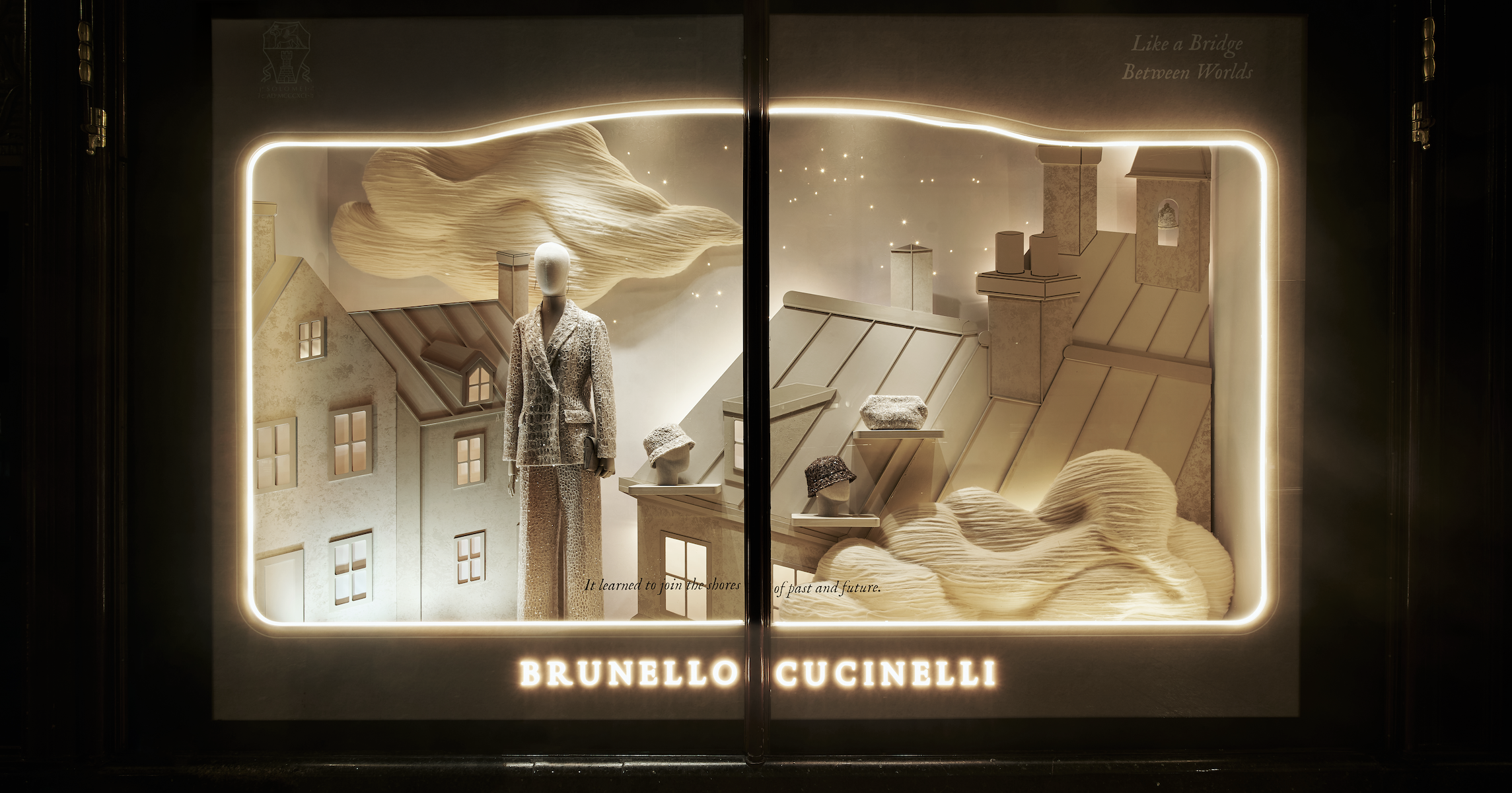 Brunello Cucinelli’s festive takeover of Harrods turns the department store into a cashmere wonderland
Brunello Cucinelli’s festive takeover of Harrods turns the department store into a cashmere wonderlandUnveiled this morning, the Umbrian fashion house has taken over the store’s iconic Brompton Road windows, celebrating the spirit of its home town of Solomeo in fantastical fashion
-
 Each mundane object tells a story at Pace’s tribute to the everyday
Each mundane object tells a story at Pace’s tribute to the everydayIn a group exhibition, ‘Monument to the Unimportant’, artists give the seemingly insignificant – from discarded clothes to weeds in cracks – a longer look
-
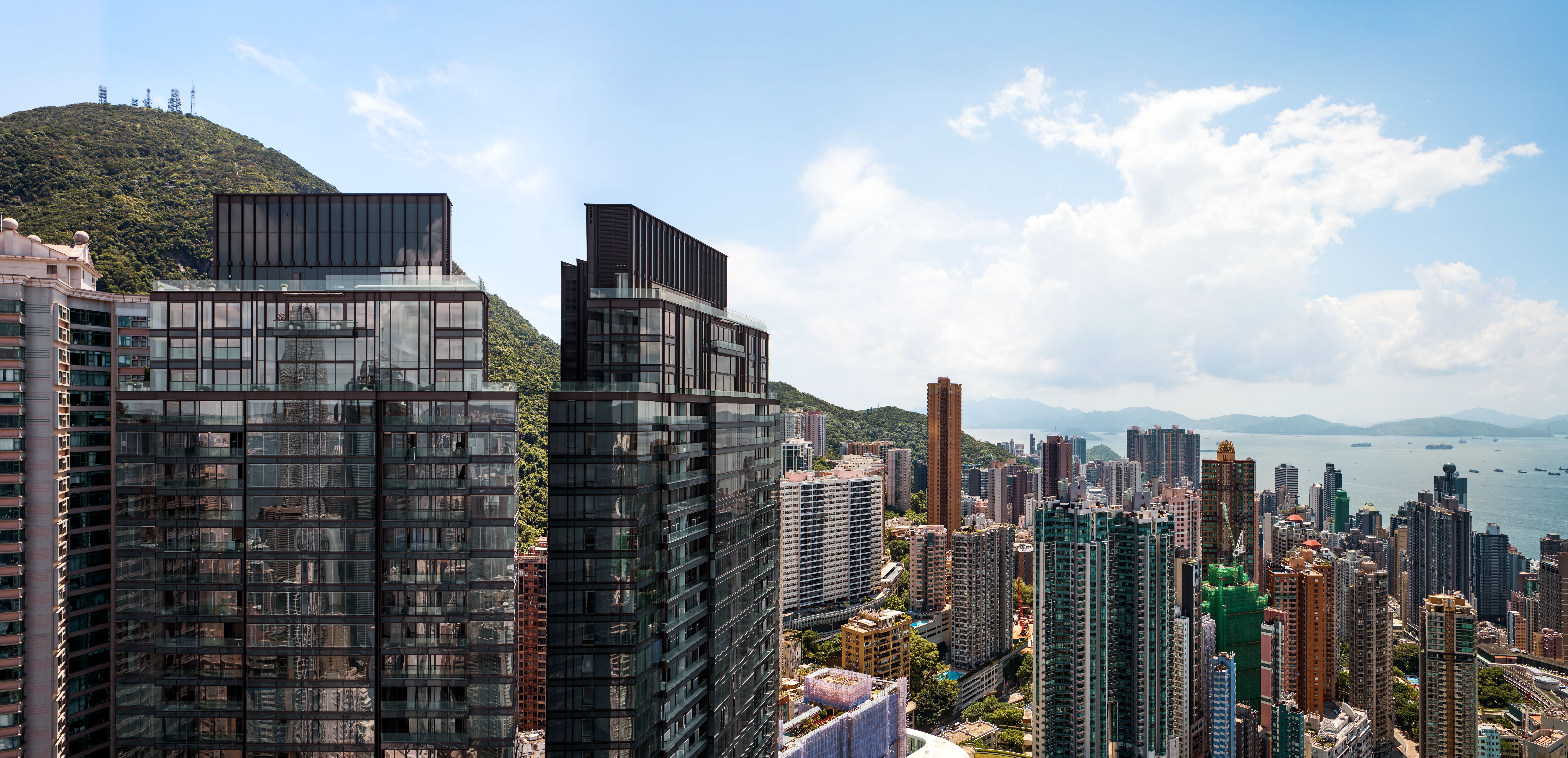 Discover The Legacy, Hong Kong’s eye-catching new condo
Discover The Legacy, Hong Kong’s eye-catching new condoThe Legacy, by ACPV Architects Antonio Citterio Patricia Viel, is a striking new condo tower that aims to ‘create a sense of community and solidarity among people’
-
 Nordic Knots and Eagle + Hodges’ new rug collection is inspired by the English garden
Nordic Knots and Eagle + Hodges’ new rug collection is inspired by the English gardenThe Scandinavian rug company and the British interior design duo have collaborated to create a collection that reinterprets the English garden in a way that doesn’t rely on delicate florals
-
 Kettal and Tectum’s indoor hydroponic garden combats cabin fever with office-grown veg
Kettal and Tectum’s indoor hydroponic garden combats cabin fever with office-grown vegKettal and Tectum Garden’s hydroponic indoor garden offers new opportunities for home-grown veg and adds a sprinkle of greenery to office spaces
-
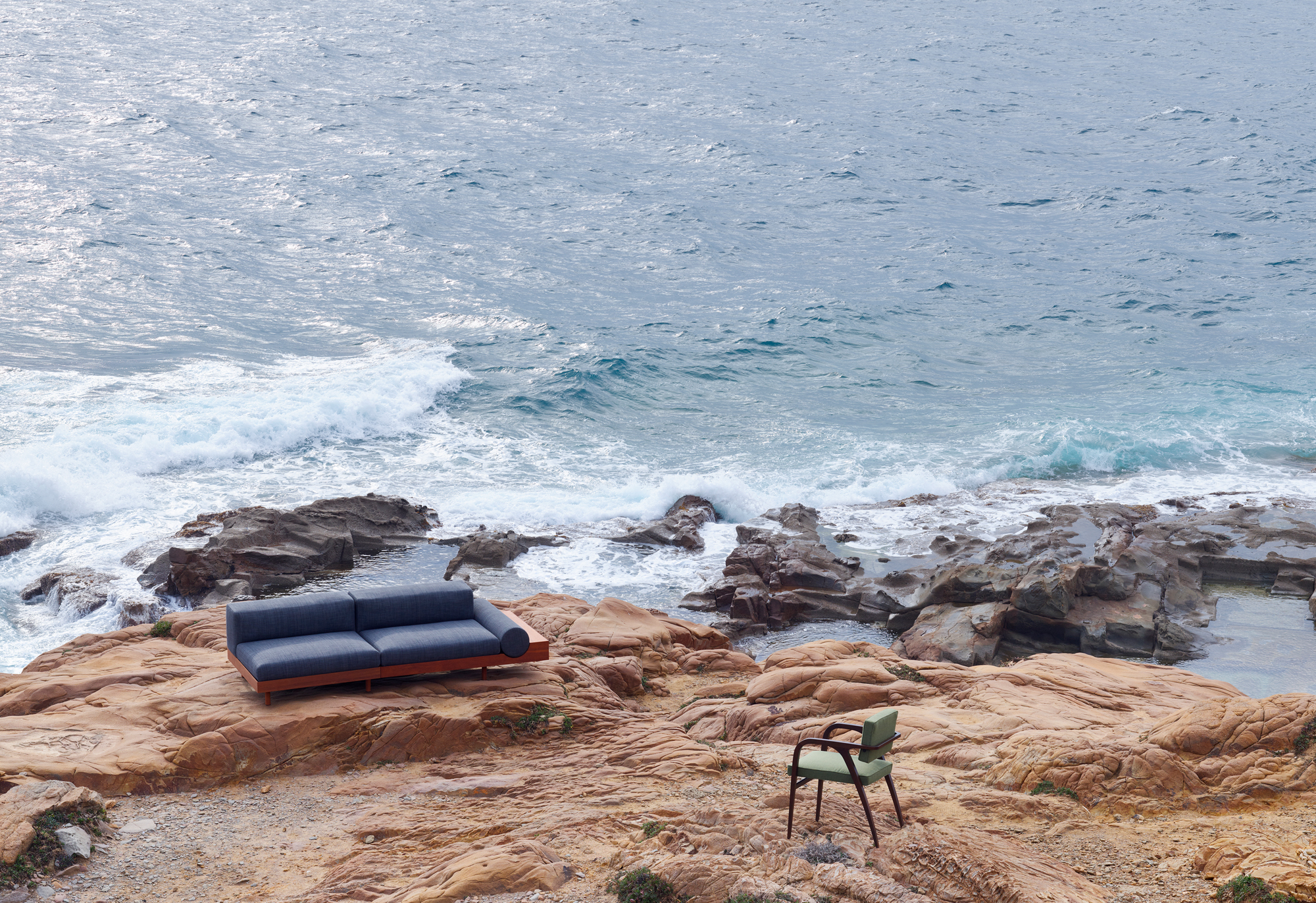 Massimo Vitali interprets the latest outdoor furniture for Wallpaper*
Massimo Vitali interprets the latest outdoor furniture for Wallpaper*Join us for a trip to Italy's Le Vaschette (or at least watch the behind-the-scenes video of our shoot), where photographer Massimo Vitali took the latest outdoor furniture for a spin
-
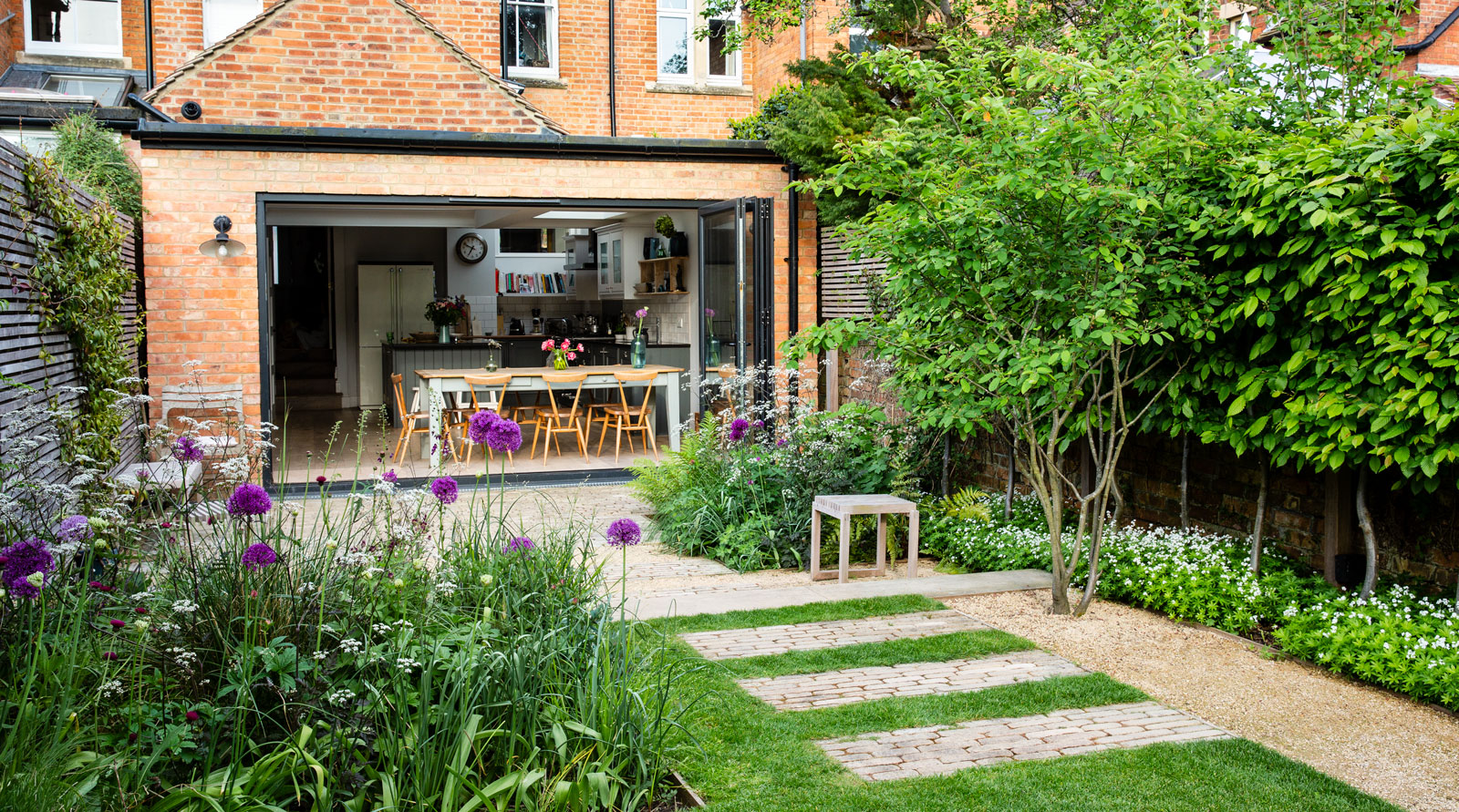 Family-friendly urban gardens: how to make the most of a small space
Family-friendly urban gardens: how to make the most of a small spaceUrban gardens, often on the small side, can still keep all members of the family happy
-
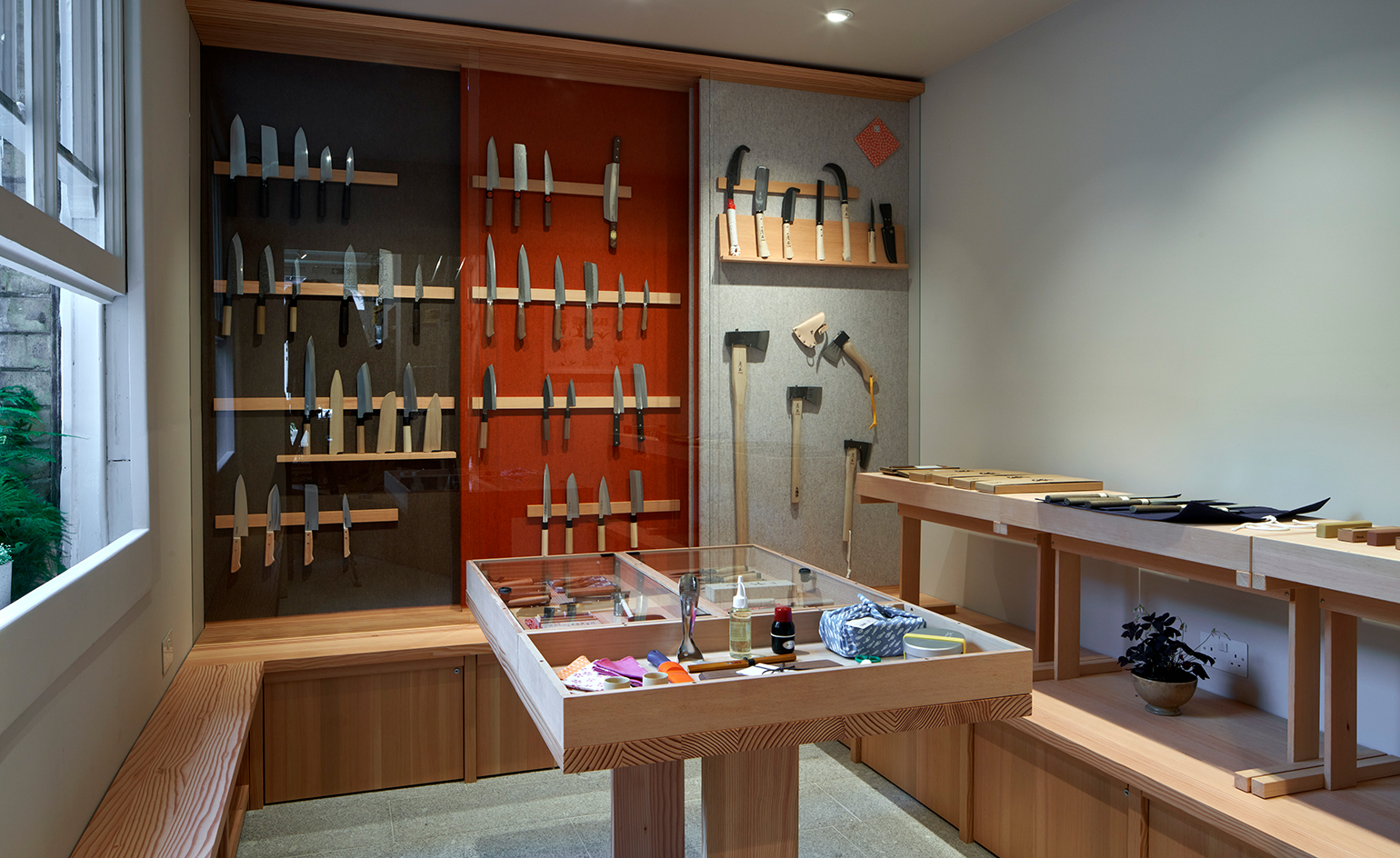 Niwaki is a new outlet for Japan’s most innovative tools
Niwaki is a new outlet for Japan’s most innovative toolsNew London store Niwaki sells exquisitely crafted Japanese gardening tools and workwear
-
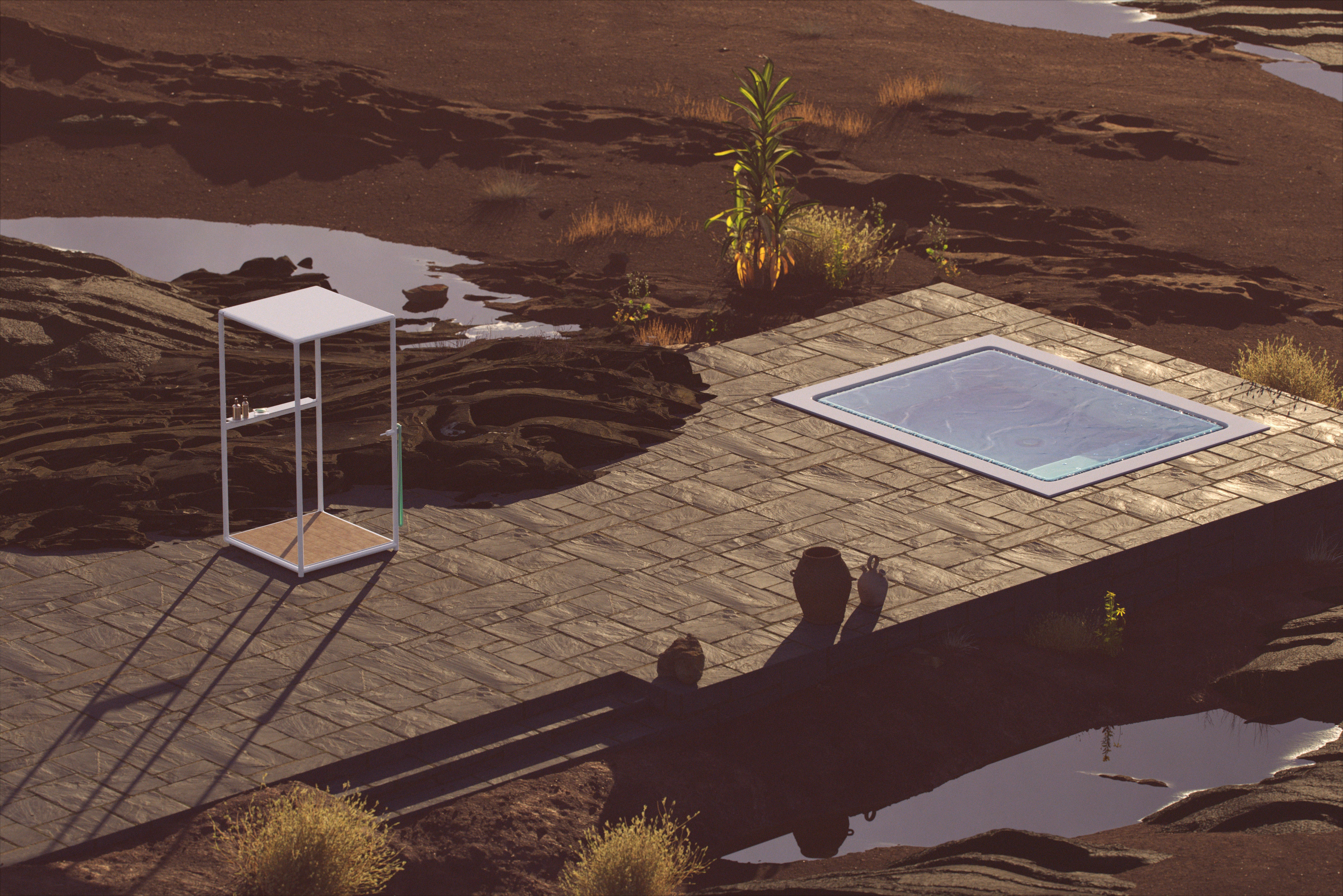 Minimalist mini pools for at-home dips in the sun
Minimalist mini pools for at-home dips in the sunDesigned by Ludovica and Roberto Palomba for Kos, these mini pools create a moment of escape within your space and are equipped with the latest wellness technology. Take a dip...
-
 Garden parasols: find the coolest sunshade for your space
Garden parasols: find the coolest sunshade for your spaceFrom the colourful to the classic and the imaginatively shaped: these durable modern garden parasols by some of the world’s best designers and manufacturers are all you need to bring beauty and shade to your outdoor space
-
 Best Outdoor Entertaining: Wallpaper* Design Awards 2021
Best Outdoor Entertaining: Wallpaper* Design Awards 2021Lounging furniture, fun and games for outdoor socialising: discover the winners of ‘Best outdoor entertaining’ in the Wallpaper* Design Awards 2021